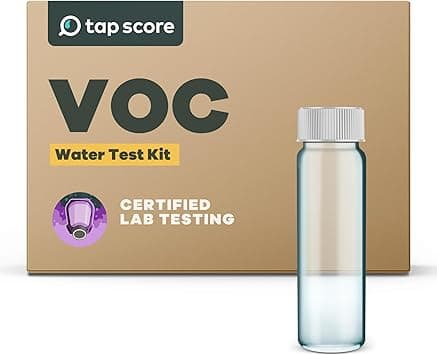Ethylbenzene
Volatile organic compound that occurs naturally in coal tar and petroleum. It is a member of a class of compounds called BTEX, which are among the most abundantly produced chemicals in the world, notably created and used in petroleum processing and the production of consumer goods. Ethylbenzene is primarily used as a precursor for styrene, which is used in styrofoam. Additional products that include ethylbenzene are gasoline, carpet glues, varnishes, pesticides, tobacco products, and paints. Ethylbenzene is readily volatile, thus all routes of exposure (ingestion, inhalation and dermal) are relevant if one is exposed via drinking water. Health effects associated with elevated ethylbenzene exposures include liver and kidney toxicity.
EPA MCLG Level
700 ppb
Maximum level that poses minimal health risk based on the latest science
Health Effects
Health protective benchmarks for ethylbenzene in drinking water have been developed based on liver and kidney toxicity observed in animal studies.
Affected Organs & Systems:
Common Sources
- Found naturally in coal and tar and used widely in chemical products
- Human activities leading to ethylbenzene release include driving, flying, chemical manufacturing, and the use of gasoline-powered tools, paints, varnishes, and solvents
- Rarely detected in surface or groundwater sources, but drinking water contamination may occur near landfills, waste sites, gas stations, or underground fuel tanks
How to Remove It
Water filters certified under the following NSF standards are effective at removing Ethylbenzene:
EPA MCLG Level
The EPA MCLG represents the maximum level that poses minimal health risk based on the latest scientific research. It's often more protective than federal legal limits.
Contaminant Type
Ethylbenzene is classified as a Petroleum Compounds contaminant.
This contaminant primarily affects the kidneys, liver.
Check Your Water
Find out if Ethylbenzene is in your tap water.
Search Your CityTest Your Water for This Contaminant
Public water reports may not test frequently enough or at your specific tap. Professional home testing provides current, location-specific results.

SimpleLab
Standard Home Water Test
$232
Comprehensive water analysis testing over 200 contaminants including bacteria, heavy metals, and chemical compounds.

SimpleLab
Advanced Home Water Test
$369
Most comprehensive home water test including all standard tests plus additional parameters for ultimate peace of mind.

Tap Score
Volatile Organic Compounds (VOC) Test
$139
Detects volatile organic compounds including industrial solvents, fuels, and chemical contaminants.